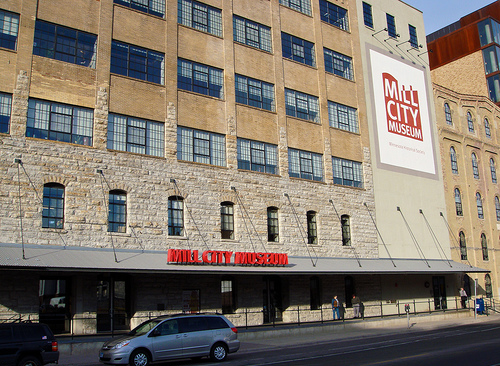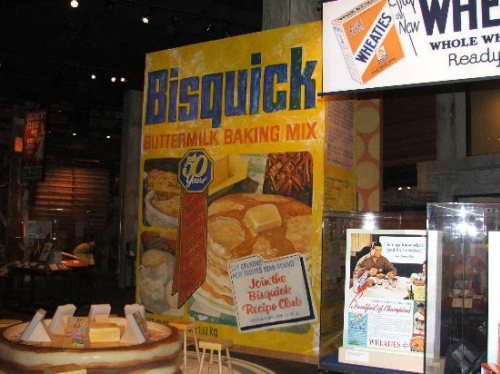Mill City Museum
Mill City Museum - Built into the ruins of what was once the world’s largest flour mill, MillCity Museum is located on the historic Mississippi Riverfront. Here, visitors of all ages learn about the intertwined histories of the flour industry, the river, and the city of Minneapolis.
704 South 2nd Street. Minneapolis, MN 55401
Phone - 612-341-7555
Web - http://www.millcitymuseum.org/
Hours - See website

Mill City Museum is built into the ruins of the Washburn A Mill, along the Mississippi River in Minneapolis, Minnesota.
The original A Mill, built in 1874, was leveled by a flour dust explosion that claimed 18 lives.
That explosion and the resulting fire destroyed much of the riverfront business area, cutting Minneapolis’ milling capacity in half.

The A Mill was rebuilt by 1880, with state-of-the-art machinery that permitted safer operations while producing higher quality flour.

At the time it was the largest and most technologically advanced mill in the world, featuring new automatic steel rollers instead of traditional millstones.

During its heyday, it was said that the mill ground enough flour to make 12 million loaves of bread a day.
As technology and consumer preferences evolved, the A Mill became obsolete, and was shut down in 1965. In 1991, it was nearly destroyed by fire.

During the late 1990s, the Minneapolis Community Development Agency cleaned up the rubble and fortified the walls.

Shortly thereafter, the Minnesota Historical Society announced its plan to develop a museum on the site.

 Art & History
Art & History